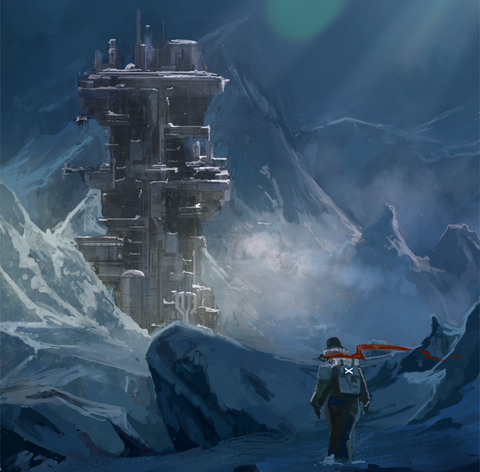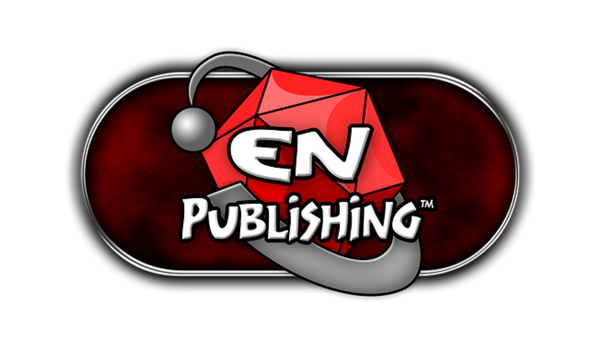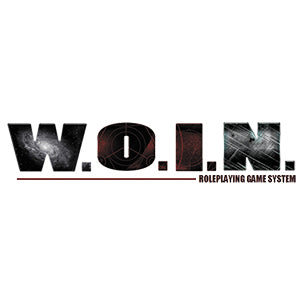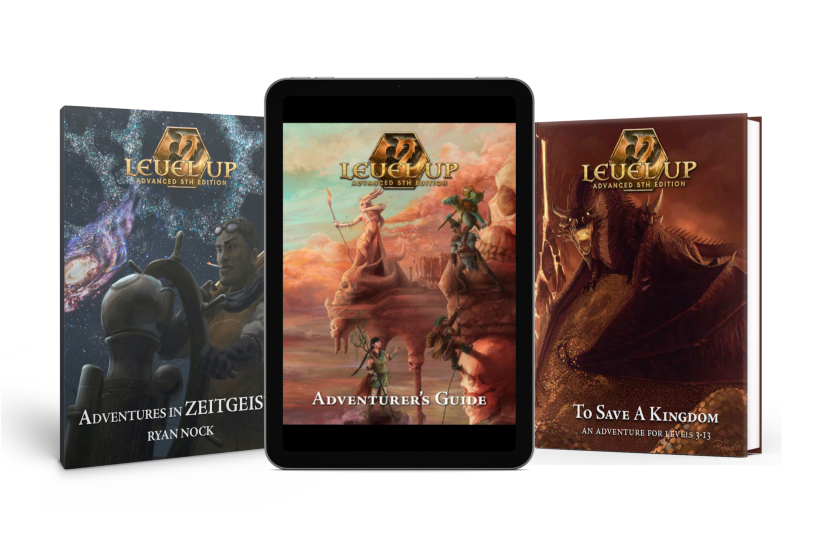O.L.D. to N.E.W.
We're taking another short interlude from our walk through of the Apocalypse War supplement for Judge Dredd & the Worlds of 2000 AD this week so we can take a look at the engine behind the RPG. Namely, the What's Old Is New (W.O.I.N.) system itself. These series of short articles will be particularly insightful for anyone new to the mechanics that drive the game. Time to take a detour through the ages as we look at some of the mechanics that make the system tick!

W.O.I.N. is the catch-all term used for the three genres of play that the core rulebooks encompass. At their heart, each of the rulebooks offers the same straightforward core mechanics built around a d6 dice pool system. The genre books then layer new options on top based on the setting they represent. O.L.D. offers a fantasy spin on the core rules, adding options such as magic and magical items to the base ruleset. N.O.W. provides a modern twist to the mechanics, providing extra rules for vehicles and CHI exploits amongst other options. N.E.W. leaps forward into a sci-fi setting, bringing starships and psionics to the mix alongside other mechanics. It's important to mention once again here that all three genres fall under the W.O.I.N. heading, which is the main heading we use for the mechanics that drive our setting books such as Judge Dredd & the Worlds of 2000 AD and SolSpace.

Dice Pool
It's already been mentioned that the core mechanics are driven by a d6 dice pool system, but what does that mean? Any action taken during the game that has an element of doubt to the outcome requires a check against a target number, or benchmark, which is usually determined by the GM or scenario being played. A player forms a dice pool of d6, rolls them all, then totals the result and compares it to the benchmark. If it equals or beats the benchmark, the action succeeds. If the total is less, the action fails. A dice pool is formed from the attribute being tested, a single relevant skill, plus any equipment that can be employed for the task. The GM determines the attribute being used for the check. The player or GM can then suggest a skill to employ and any relevant equipment, with the GM having final veto on whether they can be used or not.
Critical Success
Score a triple-six while making an attribute check and a critical success takes place. This means that an additional or extra ordinary benefit occurs, often relating to the task being accomplished to a much higher degree.
Attributes and Skills
Attributes and skills both have a rating, which is the number used to determine how many dice are being added to the dice pool. The higher an attribute or skill's rating, the more dice get added to the dice pool. Both attributes and skills use the same sliding scale to decide this.

A character's experience, known as their grade, also comes into play here, however, serving as a cap to how many total dice can be used to form a dice pool. This Maximum Dice Pool rating (MDP) also relates to a sliding scale based upon the character's grade.

How do we know what grade a character is? That's simply based upon the number of career grades a character has followed. Characters typically begin the game at grade 5, which means they will have followed a lifepath beginning with an origin then ranging through 4 careers. The career system offered in W.O.I.N. is one of the cool and unique features that provides each character with plenty of options to stand out and define themselves. With the core dice pool mechanic out of the way, look forward to our next W.O.I.N. interlude as we examine character creation from species selection through to career options, including how each genre offers unique choices for these core choices. Look forward to next week as we return to the Apocalypse War and take a ride on the Black Atlantic!


